The Autavia Chronograph
Heuer introduced the “Autavia” dashboard timer in 1933, with this 12-hour stopwatch designed to be mounted on the dashboard / panel of an automobile or airplane (thus the name is derived from the words “AUTomobile” and “AVIAtion”). Heuer introduced the Autavia chronograph in 1962, making it the first Heuer chronograph to have a model name on the dial; the “Carrera” was introduced one year later.
The Autavia chronograph made its first appearance in a 1962 brochure of chronographs. In this brochure, Heuer proudly declared that the “most useful feature of the new Autavia is the outside turning bezel with either a 60 minute or 12 hour division”. Indeed, the Autavia was the first Heuer chronograph with a rotating bezel, a feature that defined the Autavia throughout its production life, into the 1980s.
The First Execution of the Autavia — Key Elements
The first execution of the Autavia chronograph is defined by (a) a screw-back case, (b) larger registers than subsequent executions of the Autavia, and (c) dauphine hands. Collectors sometimes refer to these first executions of the Autavias as the “Big Register” Autavia.
Movements. All these Autavias were powered by Valjoux movements — Valjoux 72 for the three-register models (Reference 2446) and Valjoux 92 for the two-register models (Reference 3646). Note that the earlier two-register Autavias (Ref 3646) have 30-minute capacity while the later two-register Autavias have 45-minute capacity.
Cases. The cases for the three-register (2446) and two-register (3646) models are slightly different, with the case for the three-register being slightly deeper, to accommodate the thicker Valjoux 72 movement.
Hands. On the first version of these Autavias, the hands were covered with luminous material. On the second version, the hands maintained their dauphine shape, but had polished steel edges, with luminous centers.

First execution Reference 2446 and 3646 Autavias have dauphine shaped hands that are all-lume hands (left); in the second execution (right), the hands had steel edges and luminous inserts.
This Registry
We have prepared this Registry for two primary purposes. First, studying a collection of these watches is a good way to learn about their elements (hands, crowns, pushers, etc.), and determine whether a particular watch is entirely original or may have had some components replaced. Second, it has been interesting to see how many of these early Autavias we can locate and what this might tell us about the quantity produced. In the world of vintage Heuers, the “big register” Autavias are something of “cult” or “grail” watches, so we will document their attributes and ownership.
Heuer’s use of Serial Numbers
Heuer did not track the serial numbers that were marked on either the cases or the movements of its chronographs. Still, today’s collectors have assembled hundreds of serial numbers for the vintage Heuer chronographs, so that we derive important information from the serial numbers. For example, when we see that this Registry includes only three samples of the earliest execution of the Autavia (luminous coated hands), and that these samples have serial numbers within a span of only 50 numbers [48655 to 48698], we may conclude that there were relatively few of this model produced (at least compared to the later models, with much broader spans of serial numbers).
Can We Sort This Into “Batches”?
Working through the first 20 serial numbers in this registry, we might sort the “Big Register” Autavias into the following batches:
| Serial Numbers | Batch | Comments |
| 48655 to 48842 | first batch of Ref 3646 | full lume hands; 30 min. recorder |
| 48851 to 48860 | small batch of Ref 2446 (with steel-edged hands) | uncertain why lowest serial numbers of 2446 have second execution (steel-edged) hands |
| 48863 to 49114 | second batch of Ref 3646 | most have hands with thin luminous inserts; 30 min. recorder |
| 49169 to 49285 | first full batch of Ref 2446 | full lume hands |
| 49430 to 49498 | second full batch of Ref 2446 | steel-edged hands |
| 52240 to 52494 | third / final batch of Ref 3646 | steel-edged hands; 45 min. recorder |
| 52742 to 53406 | third / final full batch of Ref 2446 | steel-edged hands |
What Was the Total Production of “Big Register” Autavia Chronographs?
I will admit that I have absolutely no clue. But I at least ask the question, so that others might attempt to answer it.
Some Notes About This Registry
Ownership Notes. We include notes regarding the ownership of most of the chronographs included in this Registry. We are not attempting to track the ownership of each chronograph. Instead, these notes remind us of the ownership of certain chronographs, typically at the time they were entered into the Registry.
Serial Numbers on Movements. The Valjoux 72 movements used in the earliest Autavias have serial numbers on the movements. This was a continuation of the approach that Heuer used during the 1940s and 1950s, but was soon discontinued.
Potter’s Field. Once upon a time, when we were young, we didn’t pay any attention to serial numbers. (Forgive us. We are so much smarter now.) In our “Potter’s Field”, we show some early Autavias for which we do not have serial numbers.
Additional Photos. To see additional photos of many of the samples included in our Registry, have a look at our OnTheDash Galleries.
Additions; Comments; Corrections; Questions
Please contact me with an questions about this Registry, if you have an Early Autavia that should be included, or to correct any of the information presented in this registry. You can write to OnTheDash@bellsouth.net.
Jeffrey M. Stein
first published June 30, 2007; overhauled July 18, 2015; updated July 19, 2015
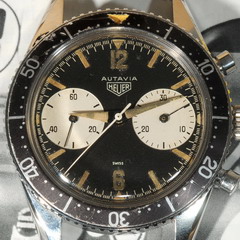 |
48655
|
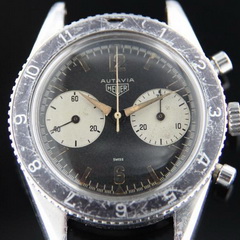 |
48690
|
 |
48698
|
 |
48703
|
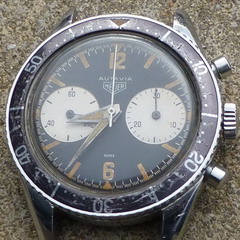 |
48746
|
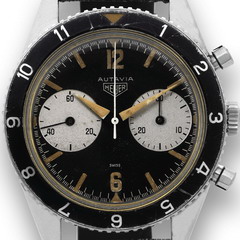 |
48756
|
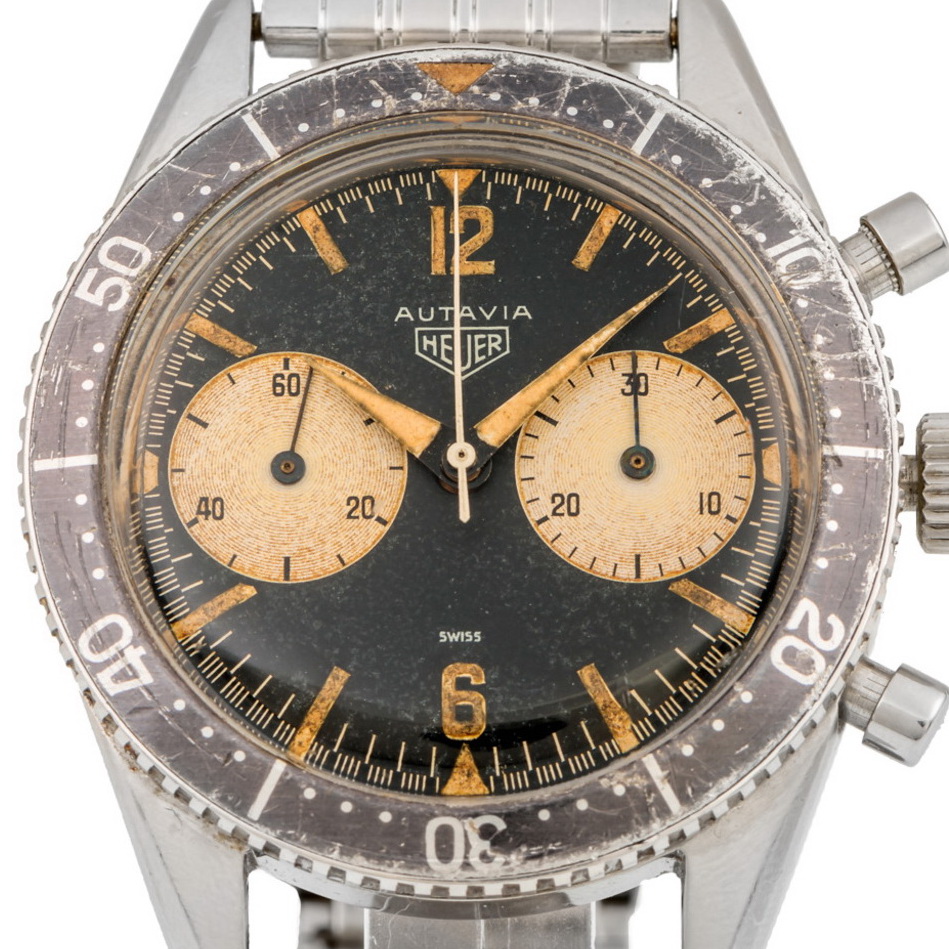 |
48779 |
 |
48842
|
 |
48851
|
 |
48856
|
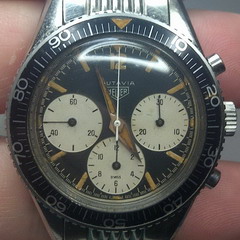 |
48860
|
 |
48863
|
 |
48864
|
 |
48868
|
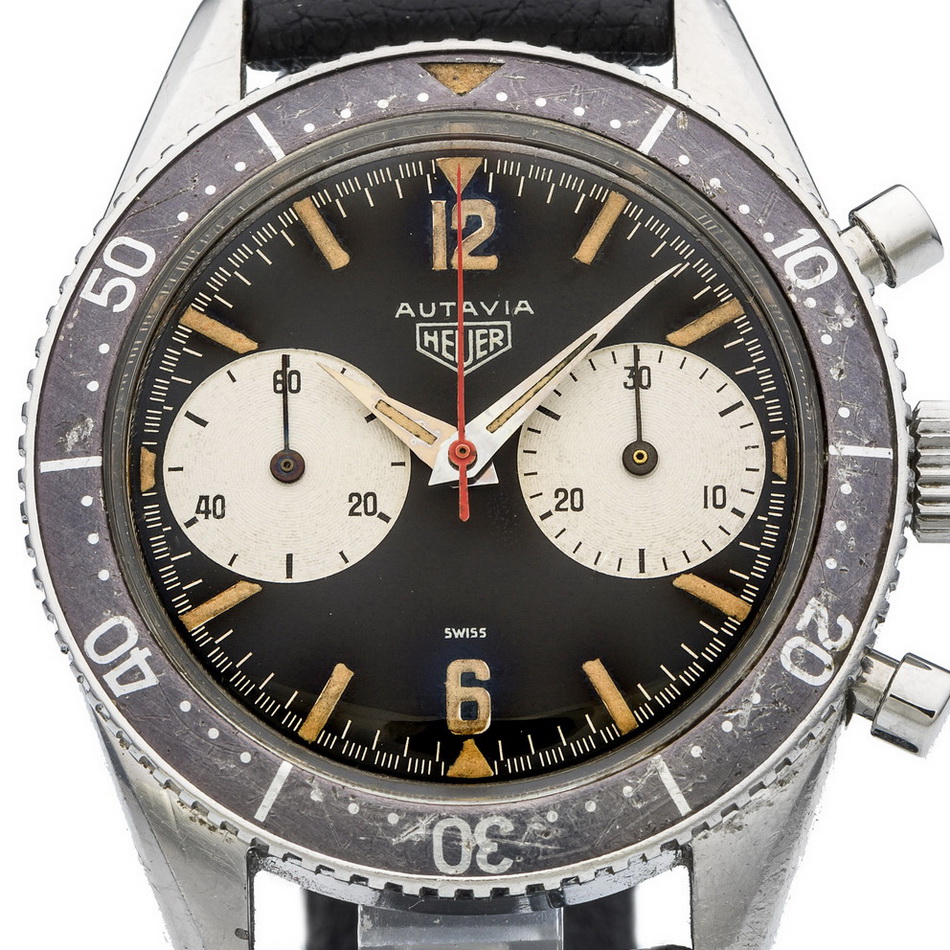 |
48872 |
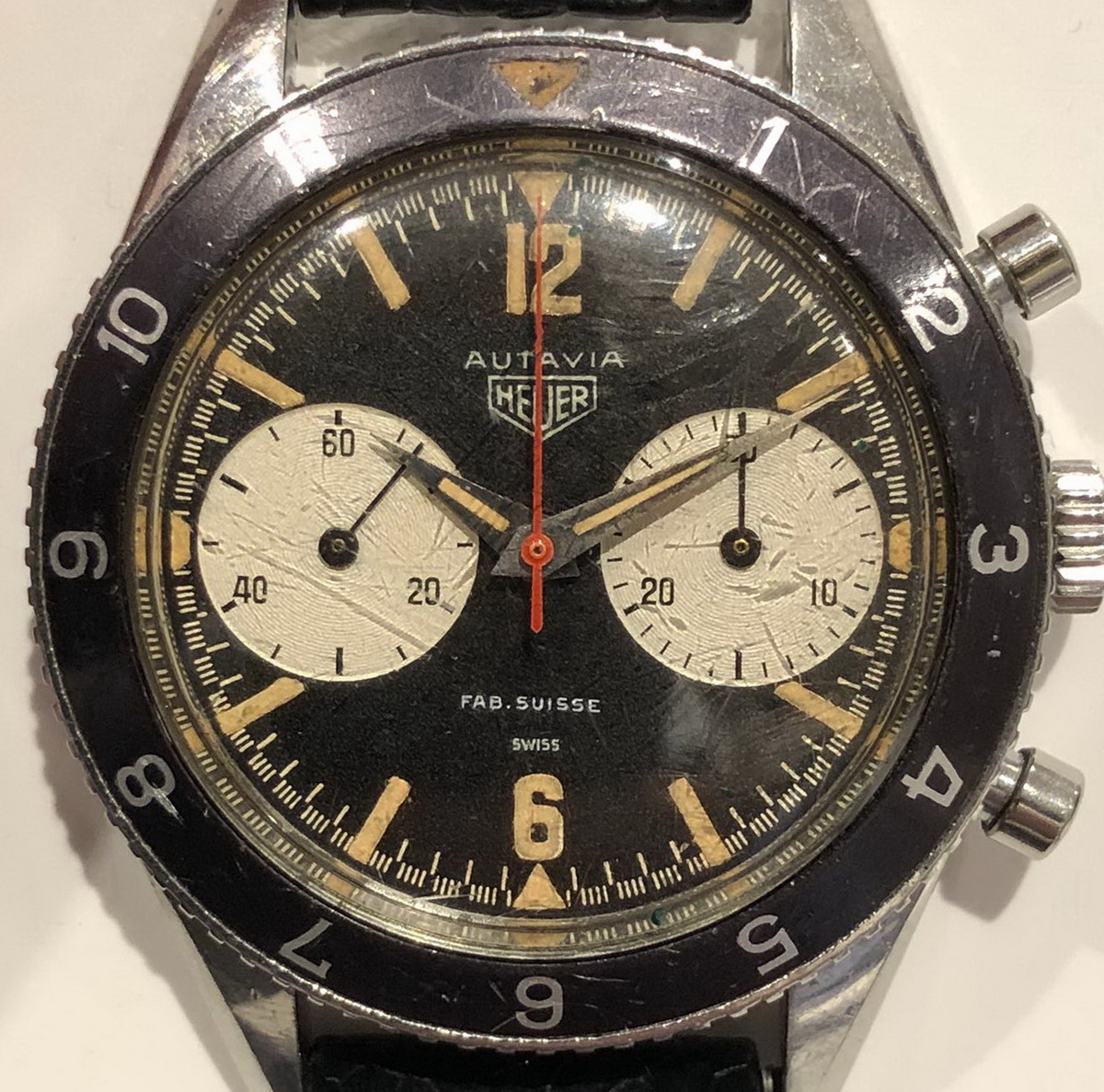 |
48885
|
 |
48886
|
 |
48904
|
 |
48914
|
 |
49108
|
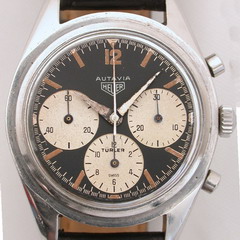 |
49169
|
 |
49173
|
 |
49176
|
 |
49215
|
 |
49219
|
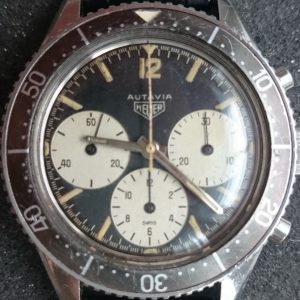 |
49223
|
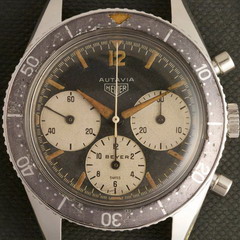 |
49283
|
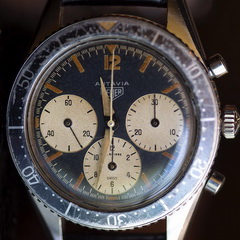 |
49285
|
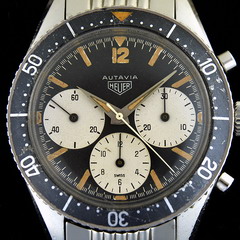 |
49291
|
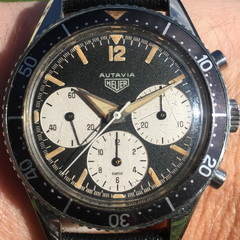 |
49293
|
 |
49298
|
 |
49345
|
 |
49374
|
 |
49412
|
 |
49430
|
 |
49466
|
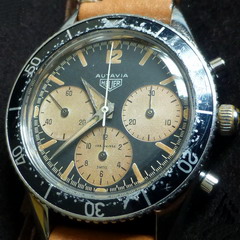 |
49498
|
 |
49506
|
 |
52240
|
 |
52244
|
 |
52328
|
 |
52494
|
 |
52680
|
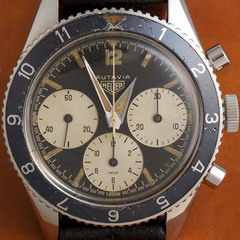 |
52742
|
 |
52764
|
 |
52826
|
 |
52862
|
 |
52917
|
 |
52988
|
 |
53007
|
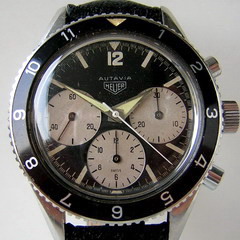 |
53047
|
 |
53061
|
 |
53406
|
Our Potter’s Field
|
|
 |
PF2446B01
|
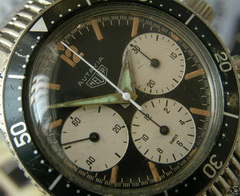 |
PF2446B02
|
 |
PF3646B01
|
 |
PF3646B02
|

